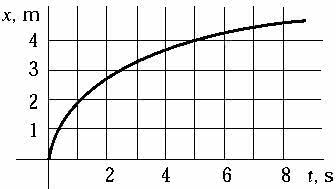PHY 121 Lecture Notes - Lecture 3: Fall Time, Rise Time
Document Summary
Objects move on a straight line i. e. car on level road, ball in free fall, ball rolling down incline average speed = distance moved/elapsed time. Velocity average velocity = change in position/elapsed time. If someone walked a distance d1 then back d2, average velocity < average speed. At 3. 95 s a moving object is at 2. 0 m. At 15. 60 s it is at 7. 8 m. In an x vs t graph, slope = velocity. When velocity = constant x = x(t) is linear. At 10. 2 s calculate the (a) position x (b) instantaneous velocity v position = x x = 0. 025t2. = 2. 6 m instantaneous velocity = v v = dx/dt = d(0. 025t2) The position of an object as a function of time is given by x = 0. 025t2. Calculate the average velocity between the times of 4. 4 s and 15. 1 s average velocity = x/ t x(4. 4 s) = 0. 025(4. 4)2 = 0. 48 x(15. 1 s) = 0. 025(15. 1)2 = 5. 7.





